How to choose a ceiling fan
Both functional and elegant, the ceiling fan has become a must-have in modern interiors. More than just a ventilation device, it can also serve as a light fixture, especially in its LED ceiling fan version. This dual use helps free up space, add a design touch to your decor, and ensure optimal thermal comfort throughout the year. But you still need to know how to choose it well. Room size, location, type of light, motor power, additional features... The criteria are numerous and vary according to your needs. Whether you are looking for a quiet LED ceiling fan for your bedroom, or a design model for the living room or terrace, this guide accompanies you step by step.

Fan size according to room size
Choosing the right size is essential to guarantee the efficiency of a ceiling fan. A model that is too small won't circulate enough air, while an overly large fan could harm visual and thermal comfort. Placing a fan in a well-chosen room not only cools the space in summer but also improves air circulation all year round.
- For small rooms up to 13 m² (toilets, office, spare bedroom), a 90 cm diameter fan is ideal.
- For rooms from 13 to 17.6 m² (standard bedroom, small dining room), opt for a diameter of 128 cm.
- For spaces from 17.6 to 28 m² (living room, large bedroom), favor a 150 cm ceiling fan.
- For large areas over 39 m² (cathedral living room, loft, covered terrace), choose a model from 200 to 250 cm.
When in doubt, it's better to slightly oversize your ceiling fans to ensure good air distribution. Also remember to check the ceiling height: a space of at least 2.3 m between the floor and the blades is recommended.
In which rooms should you install a ceiling fan?
The ceiling fan is no longer reserved for summer living rooms only. Thanks to varied designs and silent technologies, it fits perfectly in many rooms of the house – provided you choose the model according to the uses and constraints of each space.

Living room fans
In the living room, the ceiling fan serves a dual purpose: it efficiently ventilates large spaces while integrating as a central decorative element. This is the ideal place for a large model, with a diameter suited to the room's size and, if possible, an integrated LED function to serve as a bright ceiling light.
Bedroom fans
The bedroom particularly benefits from quiet ceiling fans, which promote peaceful sleep without harsh drafts. A DC motor model is recommended here for its ultra-quiet operation. A remote control or wall switch allows easy adjustment of speed according to nighttime temperature.
Office fans
In an office, the fan helps maintain a stable temperature during working hours while avoiding the heaviness of stagnant air. A discreet, medium-sized model with integrated lighting provides thermal comfort without overloading the visual space.
Dining room fans
Placed above the table, a LED ceiling fan provides coolness and brightness during meals. However, be sure to choose a model with balanced blades to avoid any noise or vibration. A dimmable light can also offer a softer ambiance during dinners.
Terrace or covered patio fans
The fan also fits perfectly outdoors, provided you choose a model designed to withstand humidity and dust. Be sure to check the IP rating (minimum IP44 for protection against water splashes). Ideal for creating a refreshing breeze and deterring insects during summer evenings, the ceiling fan becomes a must-have for high-end setups.
Technical criteria for choosing the right ceiling fan
Beyond aesthetics, a ceiling fan must meet several functional criteria to ensure optimal comfort, summer and winter alike. Here are the elements to carefully consider before your purchase.

Integrated LED or replaceable bulb
Some models feature an integrated LED, ideal for a sleek design and better energy efficiency. Others prefer a LED ceiling fan with replaceable bulbs for more flexibility. It's up to you to choose based on your maintenance needs, design, and light intensity.
Dimmable LED: adjust the light intensity
Choosing a dimmable LED with remote control allows you to adjust the light according to the time of day. Soft ambiance in the evening, full light during the day: your LED ceiling fan becomes a true adjustable ambient lighting.
Number of available speeds
A good fan should offer at least 3 speeds (low, medium, high) to adapt to all temperatures. Some high-end models offer up to 6 speeds for ultra-precise air circulation control.
Summer/winter reverse function
Models with the winter function allow reversing the blade rotation direction. In winter, the warm air accumulated at the ceiling is redirected downward, improving heating without drafts. A real energy saver.
DC motor: quiet and economical
The direct current motor (DC motor) is one of the major advances in silent ceiling fans. It consumes up to 70% less energy than a traditional motor, starts quickly, changes speed smoothly, and remains almost inaudible. Lightweight and durable, it is the best option for bedrooms or living rooms.
Compatibility with sloped ceilings
If your ceiling is sloped, make sure the chosen model is compatible. Fans designed for these configurations have a vertical rod to keep the blades horizontal, ensuring optimal operation.

Conclusion: a well-chosen ceiling fan, lasting comfort
The ceiling fan is much more than a simple ventilation device: it structures the space, cools efficiently, and becomes a true light source when paired with LED lighting. To fully enjoy its benefits, it is essential to choose a model suited to the room size, its use (indoor or outdoor), and your technical and aesthetic preferences.
Opt for a silent ceiling fan equipped with a DC motor, featuring a reversible function and adjustable speeds. Whether you're looking for dimmable ambient lighting or a replaceable bulb, every detail counts. And if your space is unusual — sloped ceiling, outdoor terrace — there are perfectly adapted solutions.
Need inspiration or personalized support? Discover our selection of high-end ceiling fans to transform every room into a place of refined comfort.

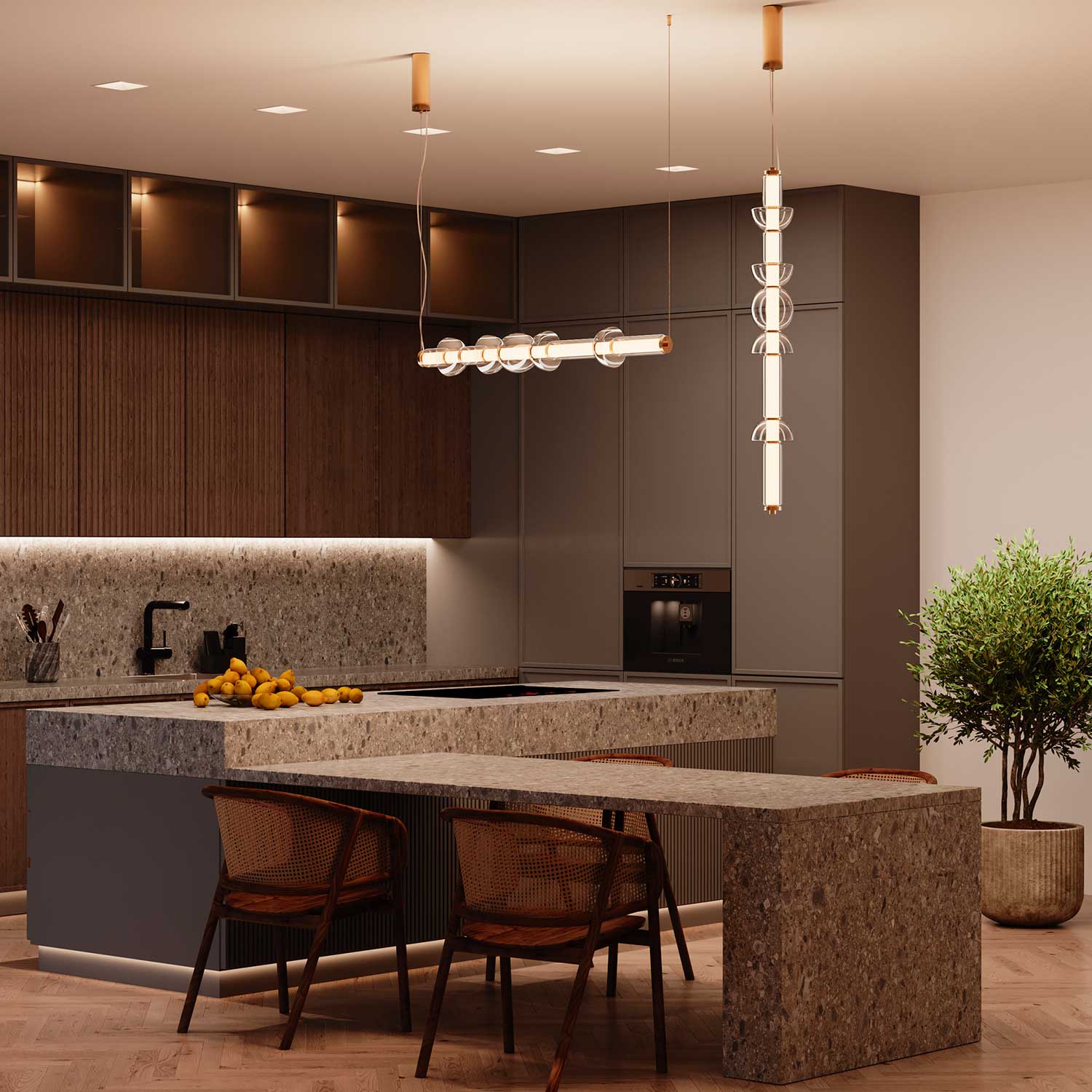
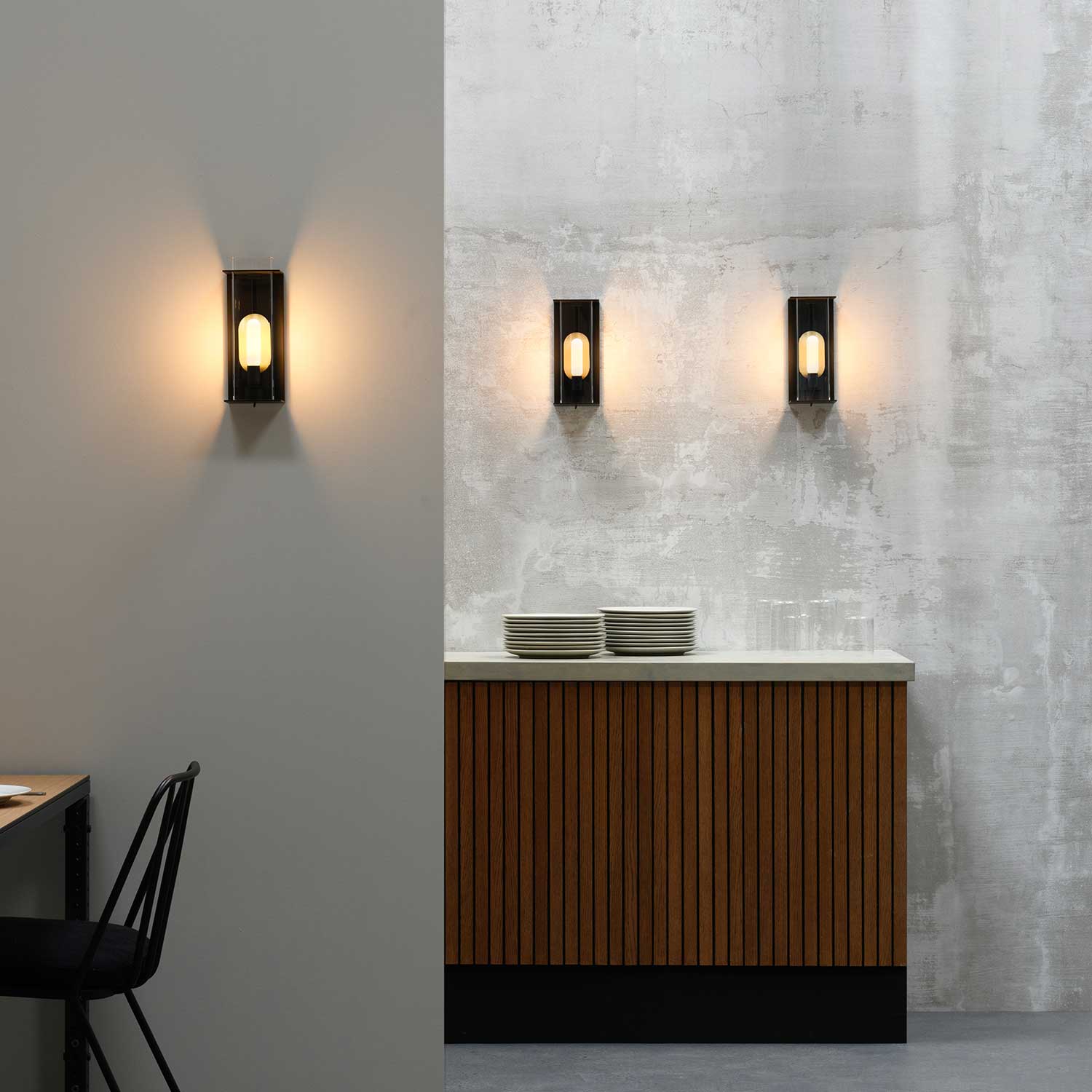
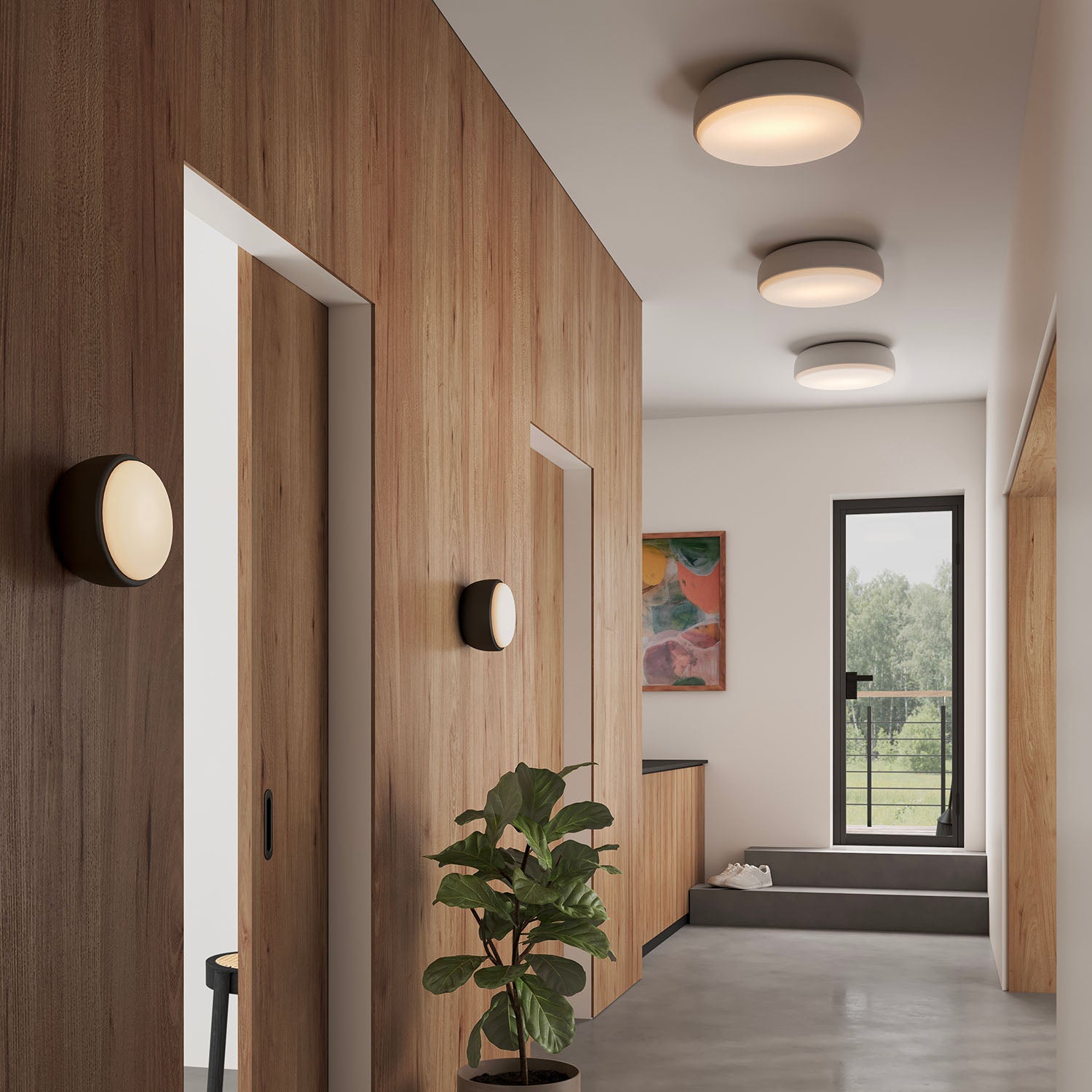
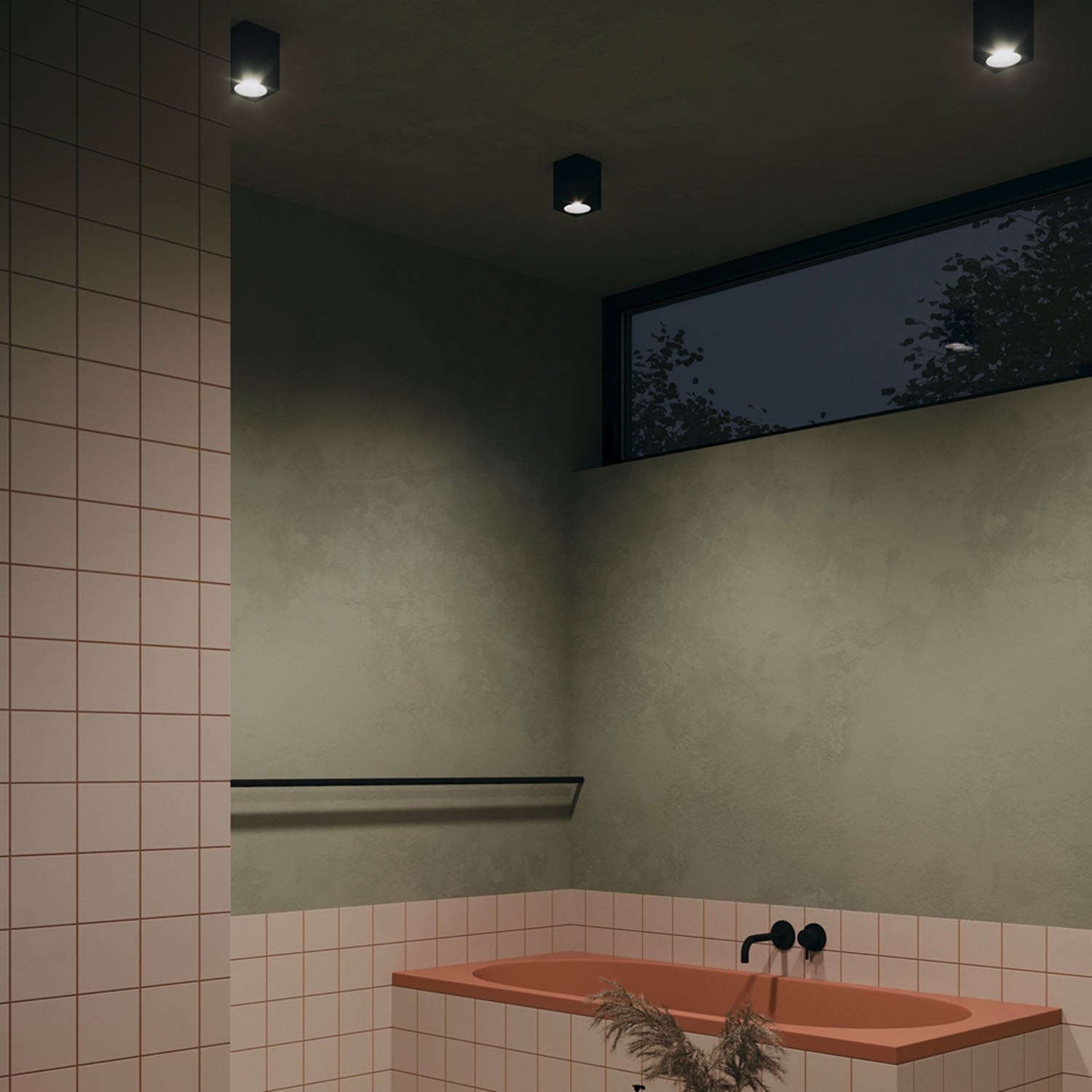
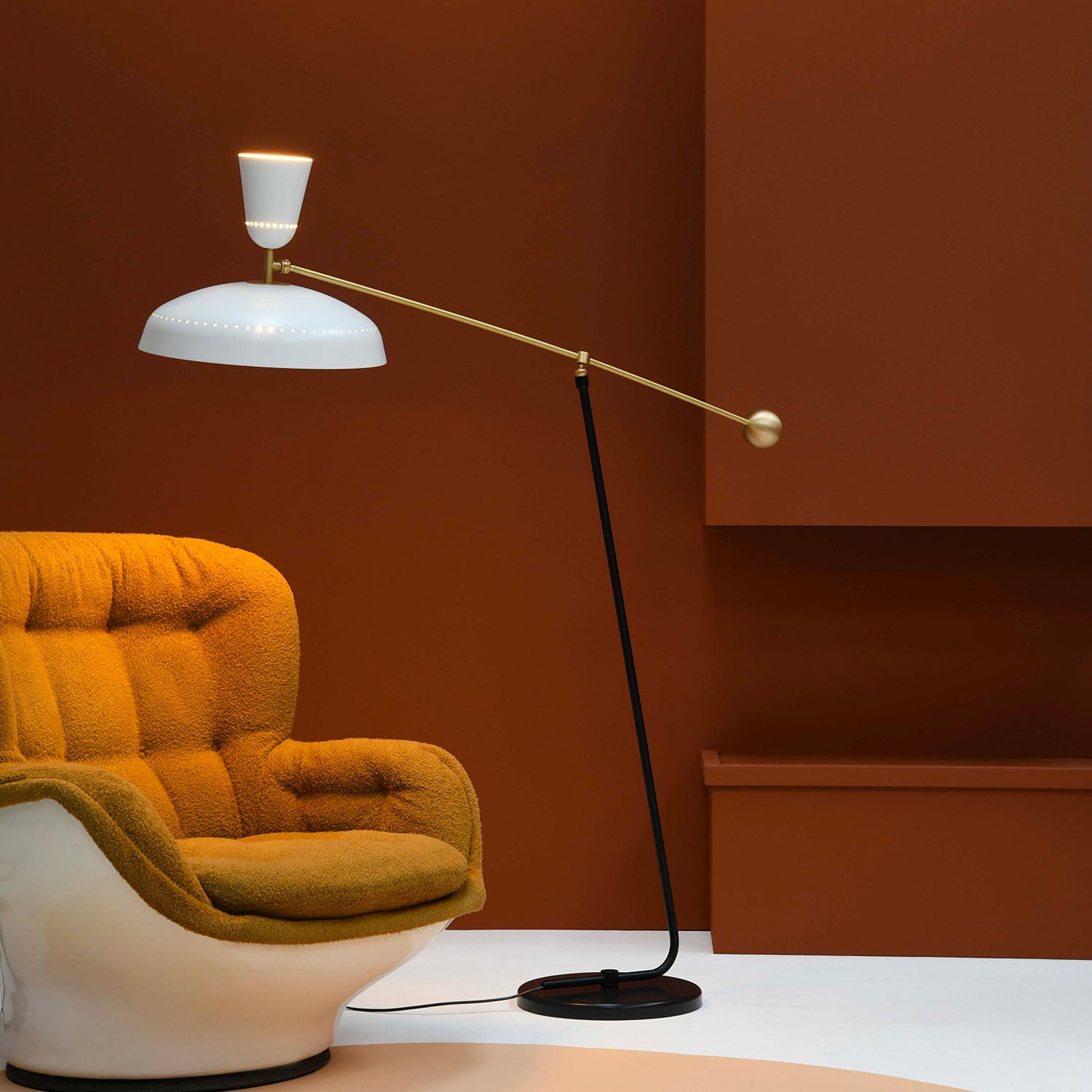
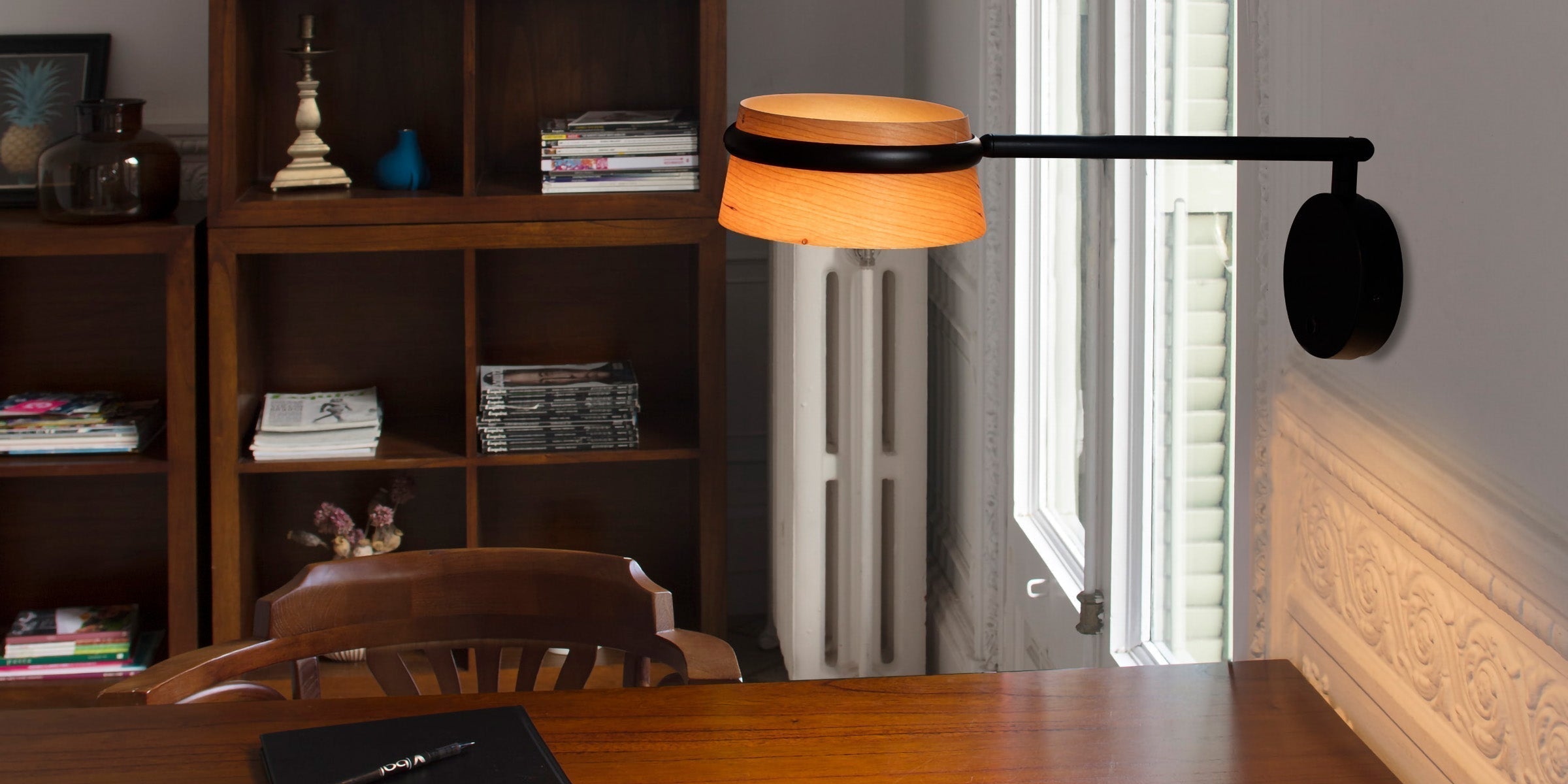
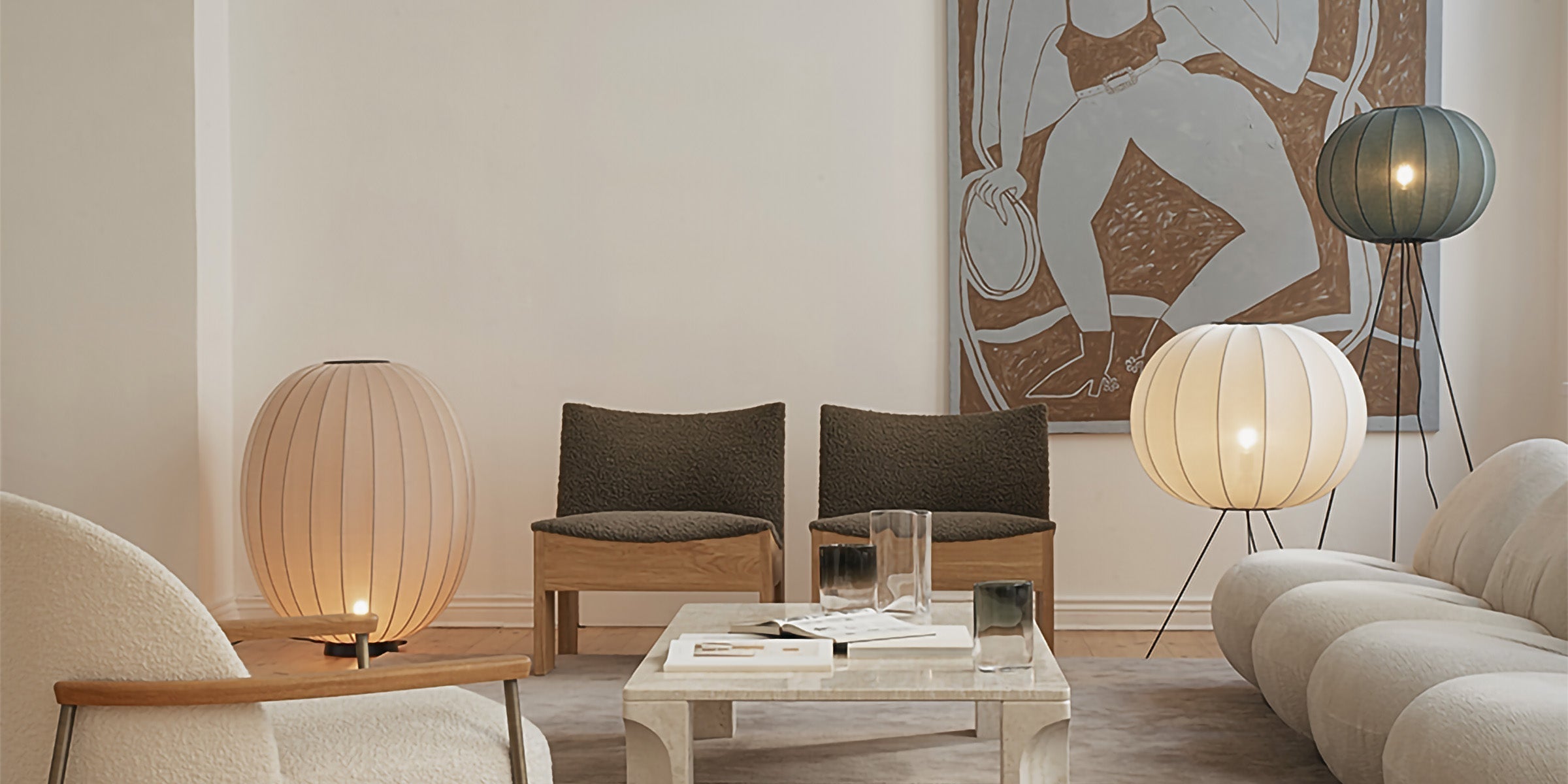
Leave a comment
This site is protected by hCaptcha and the hCaptcha Privacy Policy and Terms of Service apply.